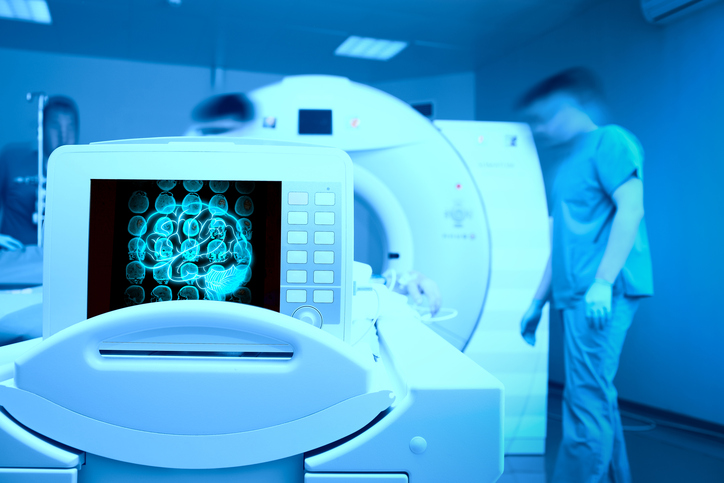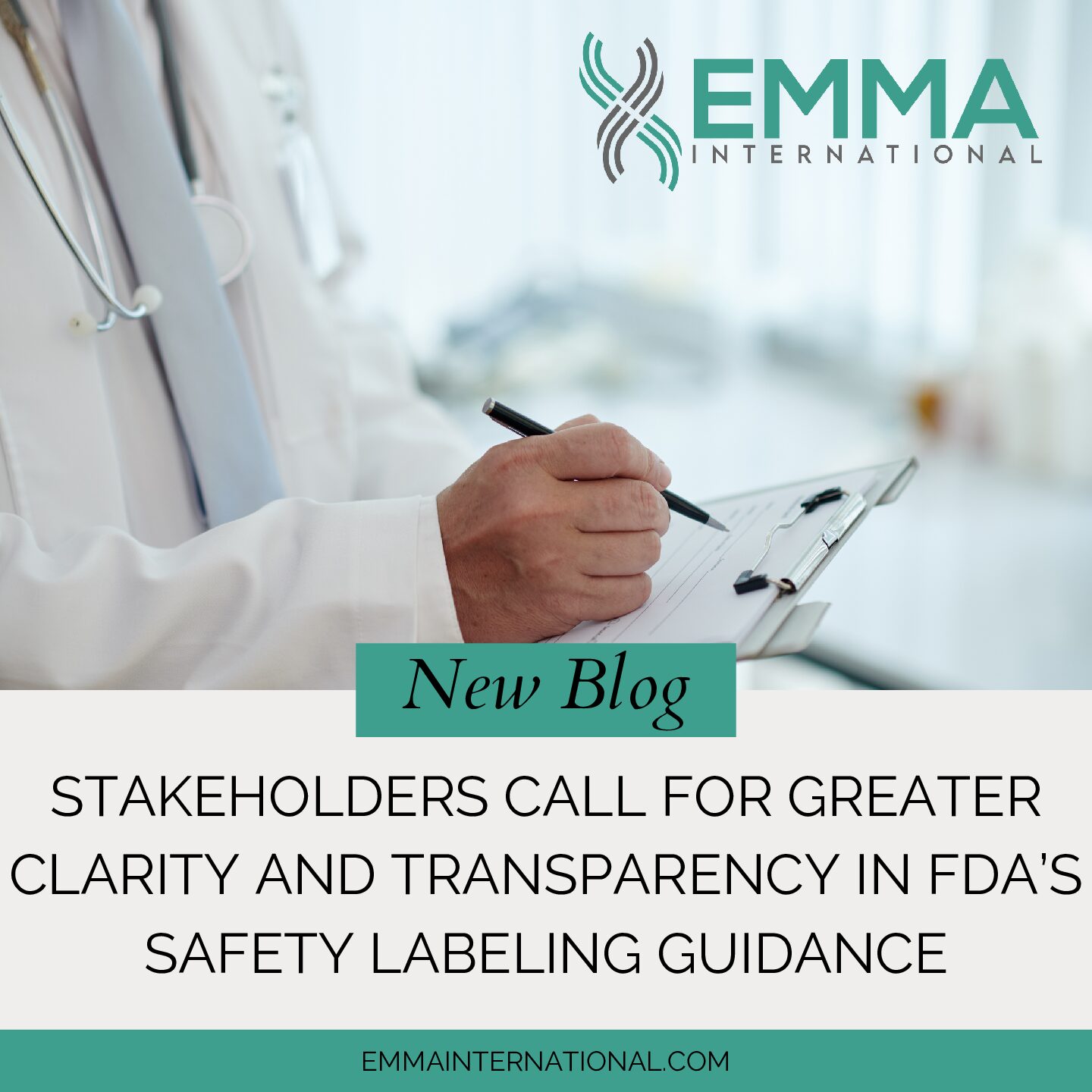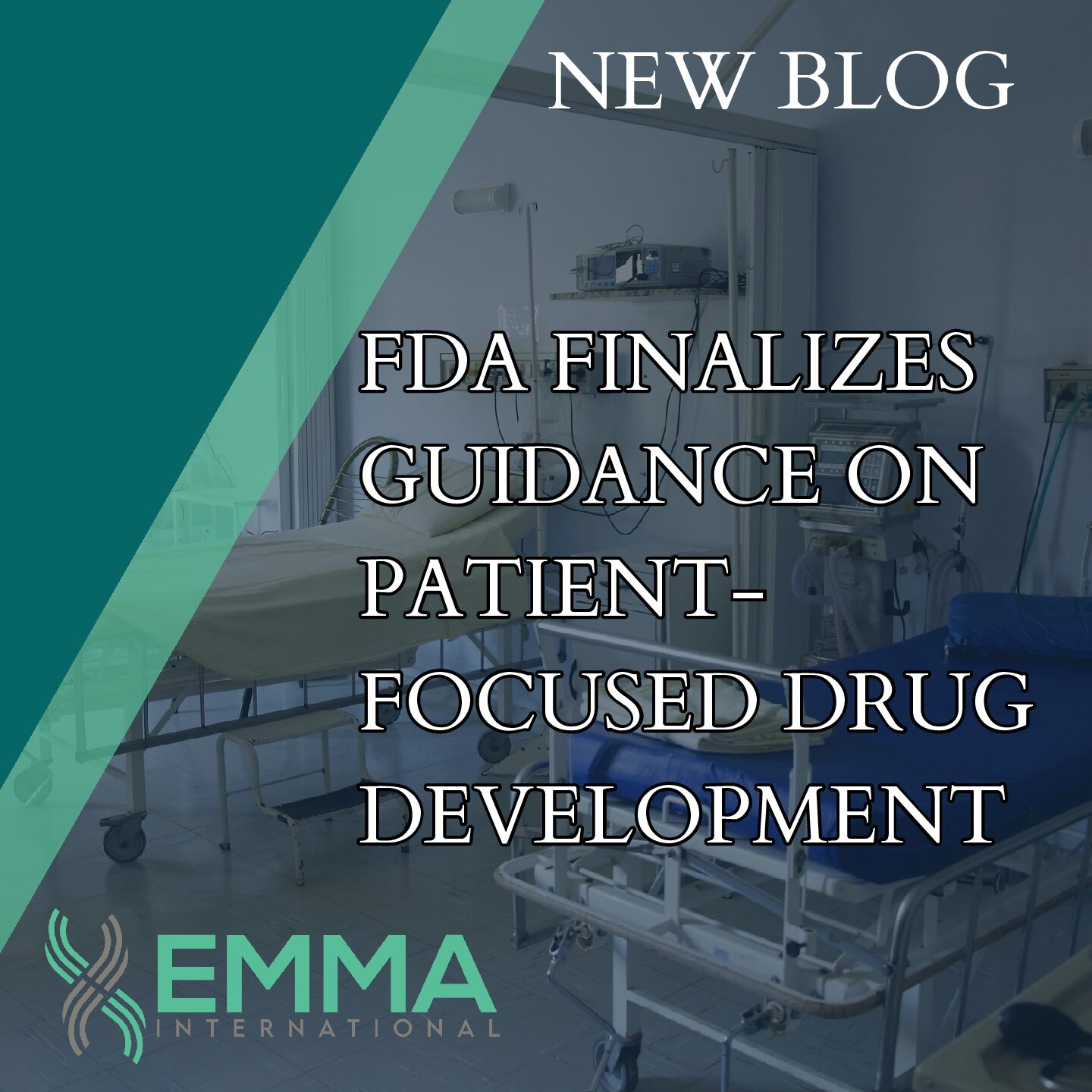One of the more ambiguous parts of the Quality System Regulations, 21 CFR 820, is making judgments based on statistical techniques. The regulation states that each manufacturer will establish and maintain procedures for identifying valid statistical methods, ensure that sampling systems are suitable for their intended use, and review the sampling plans when changes occur.
It isn’t easy to extract precisely what the FDA means. Standard statistical techniques used in the medical industry and their importance in the quality management system are outlined below.
Incoming Inspection —Companies should inspect incoming raw materials to conform to the established specifications. When receiving large quantities of materials, a sampling plan is necessary for inspecting 100% of the incoming lot. Randomly sampling the incoming lot will help provide confidence in the conformance of the entire lot. Using the ANSI/ASQ tables to help determine a sampling plan can help the confidence in the conformance of all raw materials.
Process Validation — Recent FDA inspections have delved deeper into the manufacturing process in recent years. Accepted statistical techniques are needed to determine how consistent production and operations are. The mathematical functions are typically the most difficult to understand and implement correctly.
Quality Trends — Regulatory teams should hold regularly scheduled meetings to trend corrective actions (CAPA), complaints, and non-conformance reports (NCR). These meetings are routinely called management reviews. These meetings work to identify quality issues as early as possible. Applying statistical practices to Complaint and CAPA systems can be challenging since the guidelines are ambiguous and challenging to interpret.
Risk — One quality procedure occasionally surpasses statistical techniques; integration of risk practices. A risk-based approach aims to be proactive and detect any cause affecting product safety and performance.
Statistical Analysis tools support rigorous testing and documentation required for compliance with 21 CFR 820. The statistical analysis finds bugs that standard testing techniques may miss. Not only will statistics help detect defects that routine testing may miss, but it will also help detect them sooner. Documenting the analysis and acceptance criteria help provide compliance to certification standards, including EU MDR and FDA regulations. For help with statistical techniques or compliance with any regulations, experts at EMMA International. Contact EMMA International at 248-987-4497 or email at info@emmainternational.com.





